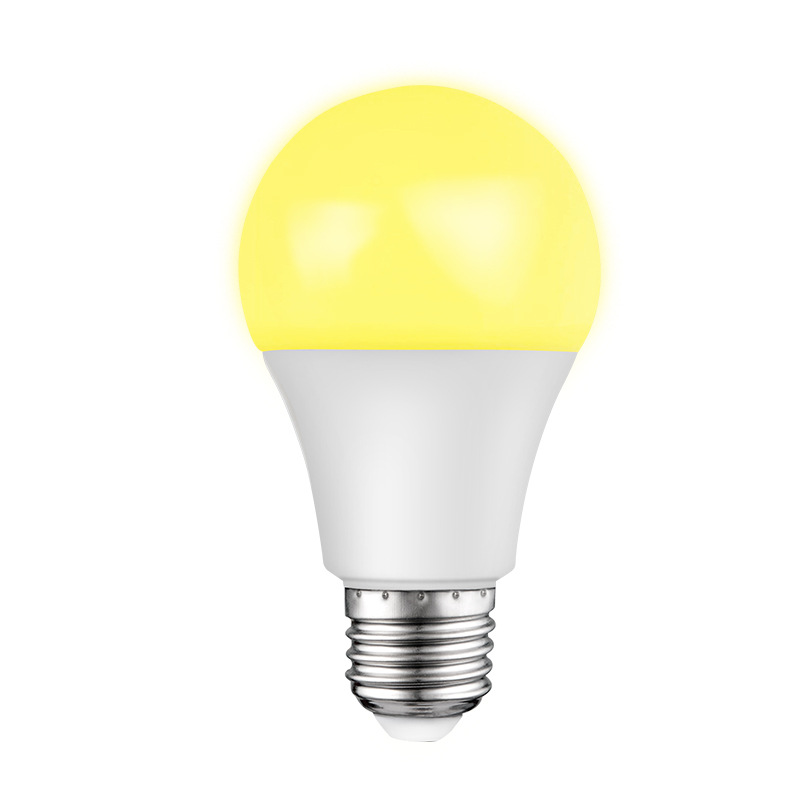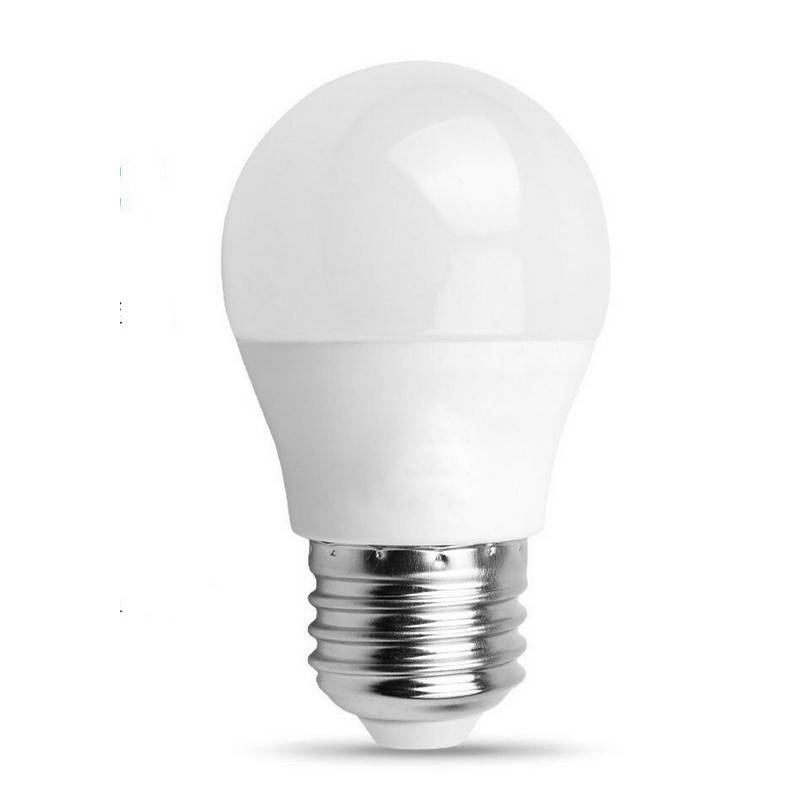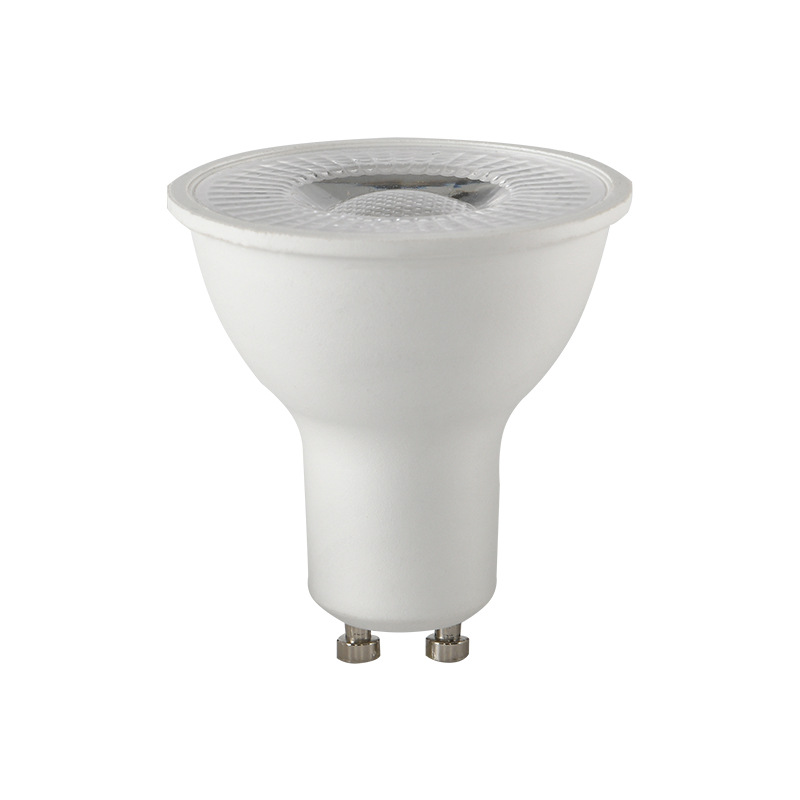Ultimate Guide to Lighting Fixtures: Types, Uses & How to Choose
Ultimate Guide to Lighting Fixtures: Types, Uses & How to Choose
Introduction: Why Lighting Classification Matters
Proper lighting transforms spaces - it affects productivity, mood, and even safety. Whether you're designing a commercial space or selecting home lighting, understanding fixture types ensures optimal illumination. This comprehensive guide covers all lighting classifications with expert recommendations.
1. Light Distribution Types (With Real-World Applications)
Direct Lighting: Task-Oriented Illumination
Best for: Offices (90% downward light), kitchen countertops, workshops
Pro tip: Pair with indirect lighting to reduce harsh shadows in workspaces
Common mistake: Using only direct lighting in living rooms creates uncomfortable glare
Indirect Lighting: Ambient Glow
Ideal locations: Luxury hotel lobbies, bedrooms, high-end restaurants
Designer secret: Use warm color temperatures (2700K-3000K) for coziness
Energy note: Requires 20-30% more fixtures due to light loss from reflections
2. Fixture Structures: Safety & Functionality
IP Ratings Demystified
| IP Rating | Protection Level | Recommended Areas |
|---|---|---|
| IP20 | Basic indoor | Dry living spaces |
| IP44 | Splash-proof | Bathrooms, kitchens |
| IP65 | Dust-tight, water jets | Outdoor, industrial |
| IP67 | Temporary immersion | Pool areas, fountains |
Expert advice: For coastal areas, choose IP66 fixtures to resist salt corrosion
3. Installation Methods: A Buyer's Guide
Ceiling Lights Showdown
Recessed downlights: Modern look, space-saving (best for low ceilings)
Surface-mounted: Easier installation (no ceiling cavity needed)
Semi-recessed: Compromise when ceiling depth is limited
Cost comparison: Recessed lighting costs 15-20% more to install than surface-mounted
Pendant Lighting Trends 2024
Cluster pendants: Groupings of 3-5 fixtures over dining tables
Oversized statement pieces: Single large fixtures in foyers
Adjustable height: Smart systems that lower for tasks, raise for ambiance
4. Light Source Technology Comparison
LED vs. Fluorescent vs. Halogen
Energy efficiency: LED uses 75% less energy than halogen
Lifespan: Quality LEDs last 25,000-50,000 hours vs. 1,000 for halogen
Color quality: New LEDs achieve CRI >90 (comparable to halogen)
Pro tip: Look for ENERGY STAR certified LEDs for guaranteed quality
Lighting Design Mistakes to Avoid
Overlighting: Most homes need only 20-30 lumens/sq ft
Ignoring layers: Combine task, ambient, and accent lighting
Wrong color temperature: Cool white (4000K+) in bedrooms disrupts sleep
Poor placement: Shadows at work surfaces from badly positioned fixtures
FAQ Section (Voice Search Optimized)
Q: What type of lighting is best for a home office?
A: Combine direct task lighting (500 lux at desk) with indirect ambient light to reduce eye strain.
Q: How many pendant lights over a kitchen island?
A: Standard 6' island needs 2-3 pendants spaced 30" apart, hung 30-36" above counter.
Q: Can I use indoor lights outside if they're under a roof?
A: No - always use fixtures rated for damp/wet locations to prevent safety hazards.
Conclusion: Lighting That Works for You
Smart lighting choices improve functionality while cutting energy costs. Remember:
Layer different light types
Match fixtures to room purposes
Prioritize quality LEDs for long-term savings
Need personalized advice? Our lighting specialists offer free consultations - contact us today.
 Blue Light and Sleep Disruption: Risks and Solutions with Low-Blue-Light Bulbs
Blue Light and Sleep Disruption: Risks and Solutions with Low-Blue-Light Bulbs
 The Ultimate Guide to Professional LED Lighting: From Core Parameters to Industry Applications
The Ultimate Guide to Professional LED Lighting: From Core Parameters to Industry Applications



